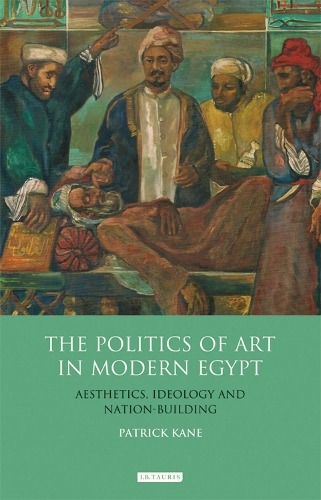
The Politics of Art in Modern Egypt: Aesthetics, Ideology and Nation-Building
(Hardback)
Publishing Details
The Politics of Art in Modern Egypt: Aesthetics, Ideology and Nation-Building
By (Author) Patrick Kane
Bloomsbury Publishing PLC
I.B. Tauris
30th November 2012
United Kingdom
Classifications
Tertiary Education
Non Fiction
709.62
Physical Properties
Hardback
280
Width 138mm, Height 216mm, Spine 30mm
473g
Description
Art and cultural production in Egypt during much of the last hundred years has operated against a backdrop of political crisis and confrontation. Patrick Kane focuses on the turbulent changes of the 1920s to 1960s, when polemical discourse and artistic practice developed against the entrenched and co-opted conservatism of elite and state culture. Radical forms of cultural criticism and dissonance emerged, and this legacy continues to resonate through contemporary activism and dissent. Kane charts the rise of key art movements, like the Egyptian Surrealists and the Contemporary Art Group, and explores their resistance to the Nahda paradigm of elite culture, as well as Nasser's state authoritarianism and nationalist agenda. Through the work of artists and critics like Abd al-Hadi al-Gazzar and Gamal al-Sagini, Kane provides rare insight into the Egyptian cultural and aesthetic experience, and how it has been shaped within a context of political and social conflict.
Reviews
To come
Author Bio
Patrick Kane is Instructor of General Education at Sharjah Women's College, Sharjah Higher Colleges of Technology in the United Arab Emirates, and has taught History in the Social Science Department at Clatsop Community College in Astoria, Oregon. He received his PhD in Philosophy, Interpretation and Culture from the State University of New York at Binghamton, an MA in History from Temple University, and a BA in Middle Eastern Studies from the University of Texas.
